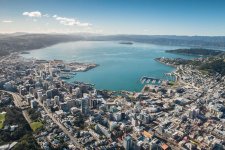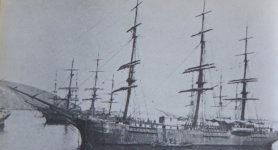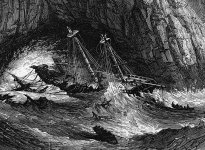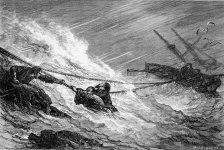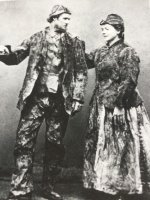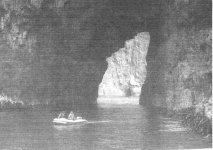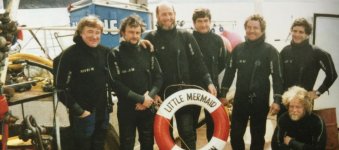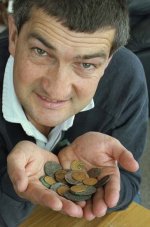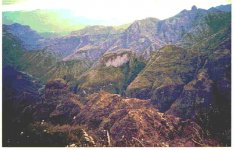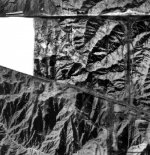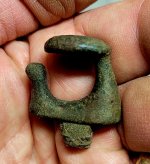KANACKI
Bronze Member
- Mar 1, 2015
- 1,445
- 5,929
- Primary Interest:
- All Treasure Hunting
Don Jose I cam imagine the doldrums you have been in after the death of your better half?
But doldrums do not last for my friend and fair winds will fill your sails and lift your spirits once more my friend. because all we are dust in wind in this world and our turn, when ever that may be will come.
Until then my friends ride the winds as free as bird, even if only in spirit.
Kanacki
But doldrums do not last for my friend and fair winds will fill your sails and lift your spirits once more my friend. because all we are dust in wind in this world and our turn, when ever that may be will come.
Until then my friends ride the winds as free as bird, even if only in spirit.
Kanacki


